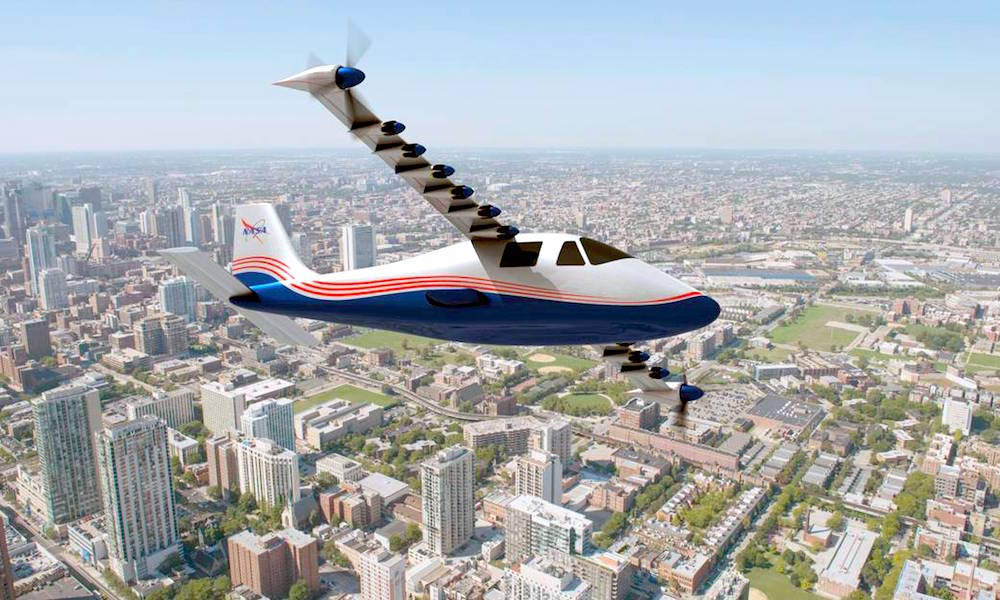NASA’s X-57 Is Changing Conventional Aeronautics by Curbing Carbon Emissions

Toggle Dark Mode
At first glance, the electrically powered X-57 doesn’t look practical. It has long, thin wings with 14 propellers on both sides, and like most things in life, these wings have their downsides. Ultimately, they are terrible for landing and that’s why NASA built the X-57 with 14-propellers, where 12 of the battery powered propellers are only used for takeoff.
Conversely, only one propeller on each end is needed during midflight and us the other 12 will be used solely at the pilot’s discretion. Having the ability to use multiple propellers and small engines means less energy is needed to fly at a cruising speed of 175 miles per hour. It also means that the X-57 won’t need to fly at slower speeds to be more energy efficient like other airplanes.
The goal is to confirm the idea that distributing electric power over many different engines and motors will decrease the amount of energy needed to fly. If this happens to true, which is most likely the case, planes built based off of the X-57 will not only help with energy efficiency, but flight times, reducing operation costs, and reducing all of the noise that comes with it (possibly causing apartment rental rates by the airport to go up? Just thinking ahead here!).
The X-57 is also a sign that NASA is returning back to experimental aviation. The most famous one – as written in the book “The Right Stuff” by Thomas Wolfe and a movie by the same name – is the X-1, which broke the sound barrier with Chuck Yeager at the helm. NASA also reports that the X-57 is not a lone wolf but a series of other experimental planes designed for large transport will also be tested in the future.






